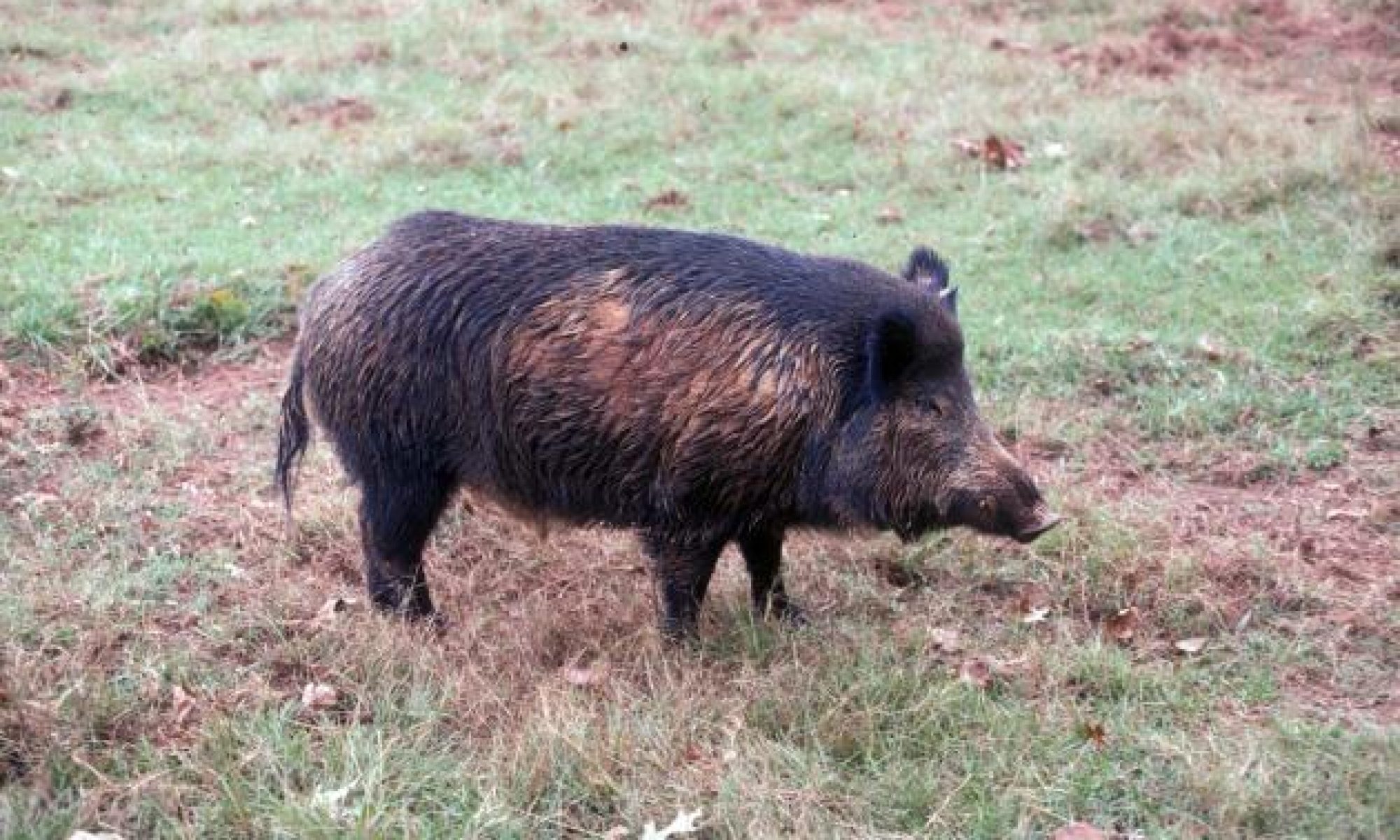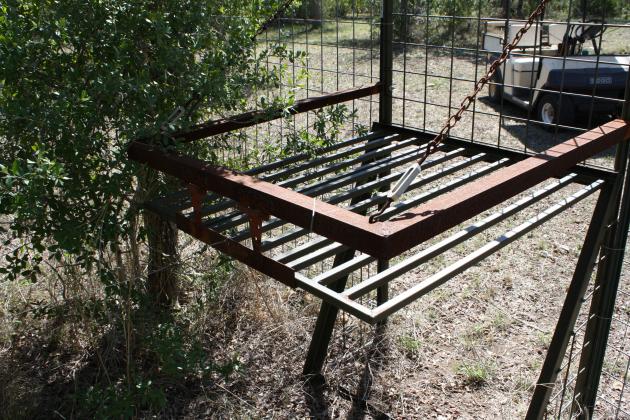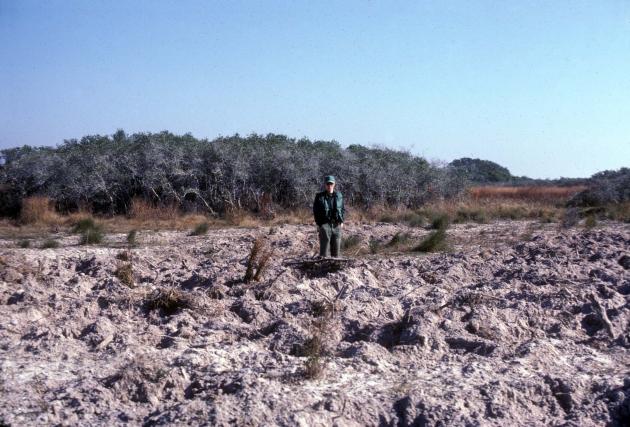Feral Hogs versus Vehicles
Vehicle collisions with feral hogs (also called wild hogs and wild pigs; Sus scrofa) are known to occur in the United States. As the population size of these animals increases, the frequency of feral hog-vehicle collisions increases concurrently. In some locations of high incidence for these accidents, feral hog crossing signs have been erected to warn motorists (Fig. 1). In general, feral hogs are large animals (for example, 200+ lb) with a relatively low center …


